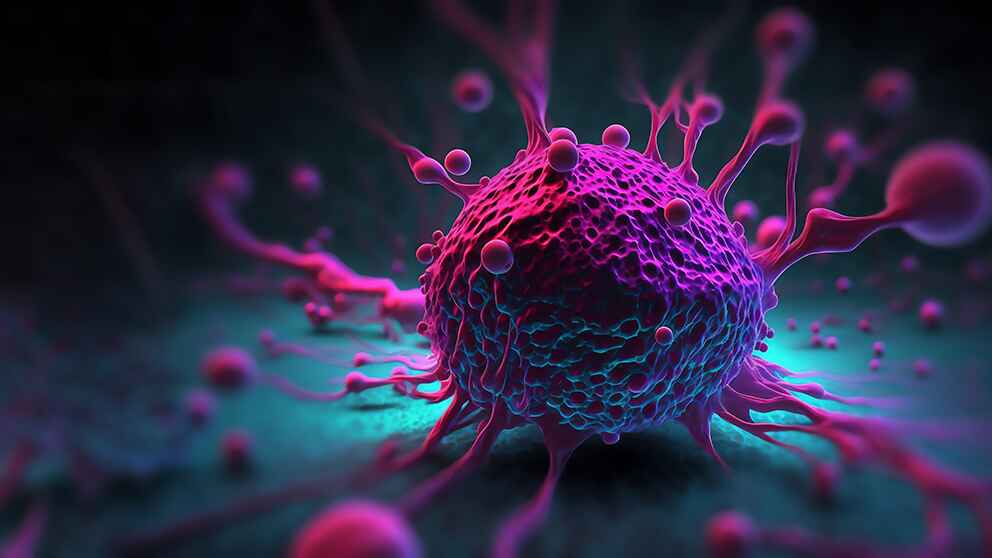Molecular biology of the cell

Molecular biology is the study of life at its most fundamental level—the molecules that make up cells and govern their functions. Molecular Biology of the Cell is not just a textbook; it’s a cornerstone of modern biology, providing deep insights into how cells operate, communicate, and sustain life.
In this blog post, we’ll explore key concepts from molecular and cellular biology, including DNA, RNA, proteins, cell signaling, and the latest advancements in the field. Whether you’re a student, researcher, or just a science enthusiast, this guide will help you appreciate the intricate machinery that keeps life running.
1. The Central Dogma: DNA → RNA → Protein
DNA: The Blueprint of Life
Deoxyribonucleic acid (DNA) is the hereditary material in almost all living organisms. Its double-helix structure, discovered by Watson and Crick in 1953, encodes genetic instructions.
- Structure: Composed of nucleotides (adenine, thymine, cytosine, guanine).
- Replication: DNA copies itself before cell division via enzymes like DNA polymerase.
- Mutations: Errors in replication or damage (e.g., UV radiation) can lead to diseases like cancer.
Transcription: DNA to RNA
RNA (ribonucleic acid) acts as a messenger. Transcription converts DNA into mRNA (messenger RNA), which carries genetic info to ribosomes.
- Key Players: RNA polymerase, transcription factors.
- Splicing: Introns (non-coding regions) are removed, exons (coding regions) are joined.
Translation: RNA to Protein
Ribosomes read mRNA and synthesize proteins using tRNA (transfer RNA) to bring amino acids.
- Genetic Code: Codons (3-base sequences) specify amino acids.
- Post-Translational Modifications: Proteins are folded, phosphorylated, or glycosylated for functionality.
2. The Cell: Structure and Function
Cells are the basic units of life, classified into prokaryotes (bacteria, archaea) and eukaryotes (animals, plants, fungi).
Key Organelles and Their Roles
| Organelle | Function |
|---|---|
| Nucleus | Stores DNA, controls gene expression. |
| Mitochondria | “Powerhouse” – produces ATP via oxidative phosphorylation. |
| Endoplasmic Reticulum (ER) | Rough ER (protein synthesis), Smooth ER (lipid metabolism, detox). |
| Golgi Apparatus | Modifies, sorts, and packages proteins for secretion. |
| Lysosomes | Digest cellular waste (contain hydrolytic enzymes). |
| Cytoskeleton | Provides structure (microtubules, actin filaments, intermediate filaments). |
Cell Membrane: The Gatekeeper
The phospholipid bilayer regulates what enters/exits the cell.
- Proteins: Receptors, channels, transporters.
- Fluid Mosaic Model: Dynamic, flexible structure with embedded proteins.
3. Cell Signaling: How Cells Communicate
Cells don’t work in isolation—they communicate via signaling pathways.
Types of Signaling
- Autocrine: Cell signals itself.
- Paracrine: Signals nearby cells (e.g., neurotransmitters).
- Endocrine: Hormones travel through blood (e.g., insulin).
- Juxtacrine: Direct contact (e.g., immune cells).
Major Signaling Pathways
- GPCRs (G-Protein Coupled Receptors): Activate secondary messengers (cAMP, Ca²⁺).
- RTKs (Receptor Tyrosine Kinases): Growth factor signaling (e.g., EGFR).
- Notch Signaling: Critical in development and cancer.
4. The Cell Cycle and Cancer
Phases of the Cell Cycle
- G1 Phase: Growth and preparation for DNA replication.
- S Phase: DNA synthesis.
- G2 Phase: Prepares for mitosis.
- M Phase: Mitosis (cell division).
Checkpoints ensure proper progression (e.g., p53 checks for DNA damage).
Cancer: When Regulation Fails
- Oncogenes: Mutated genes that promote uncontrolled growth (e.g., Ras, Myc).
- Tumor Suppressors: Genes like p53, BRCA1/2 that normally prevent cancer.
- Metastasis: Cancer cells spread to other tissues.
5. Modern Techniques in Molecular Biology
CRISPR-Cas9: Genome Editing
- Allows precise DNA cutting and editing.
- Applications: Gene therapy, agriculture, disease research.
Single-Cell RNA Sequencing (scRNA-seq)
- Reveals gene expression in individual cells.
- Used in cancer research, immunology, and developmental biology.
Cryo-EM (Cryo-Electron Microscopy)
- Visualizes macromolecules at near-atomic resolution.
- Nobel Prize-winning technique (2017).
6. Future Directions in Molecular Biology
- Synthetic Biology: Designing artificial cells and biological circuits.
- Epigenetics: Studying how environment affects gene expression (e.g., DNA methylation).
- Organoids: Miniature lab-grown organs for drug testing.
- AI in Biology: Machine learning predicts protein structures (e.g., AlphaFold).
Conclusion
Molecular Biology of the Cell is a dynamic, ever-evolving field that bridges chemistry, genetics, and medicine. From decoding DNA to curing diseases, understanding cellular mechanisms unlocks endless possibilities.
As technology advances, we’re entering an era where personalized medicine, gene editing, and synthetic biology could revolutionize healthcare. Whether you’re a student or a professional, staying updated with molecular biology is key to contributing to the next big breakthrough.
Further Reading & Resources
- Molecular Biology of the Cell (Alberts et al.)
- Nature Reviews Molecular Cell Biology
- Khan Academy’s Biology Section